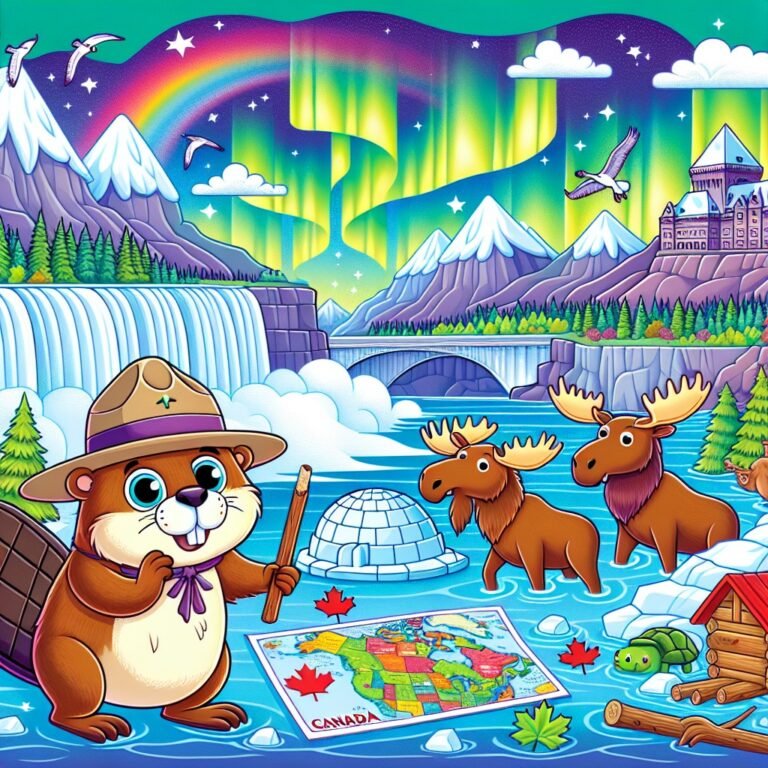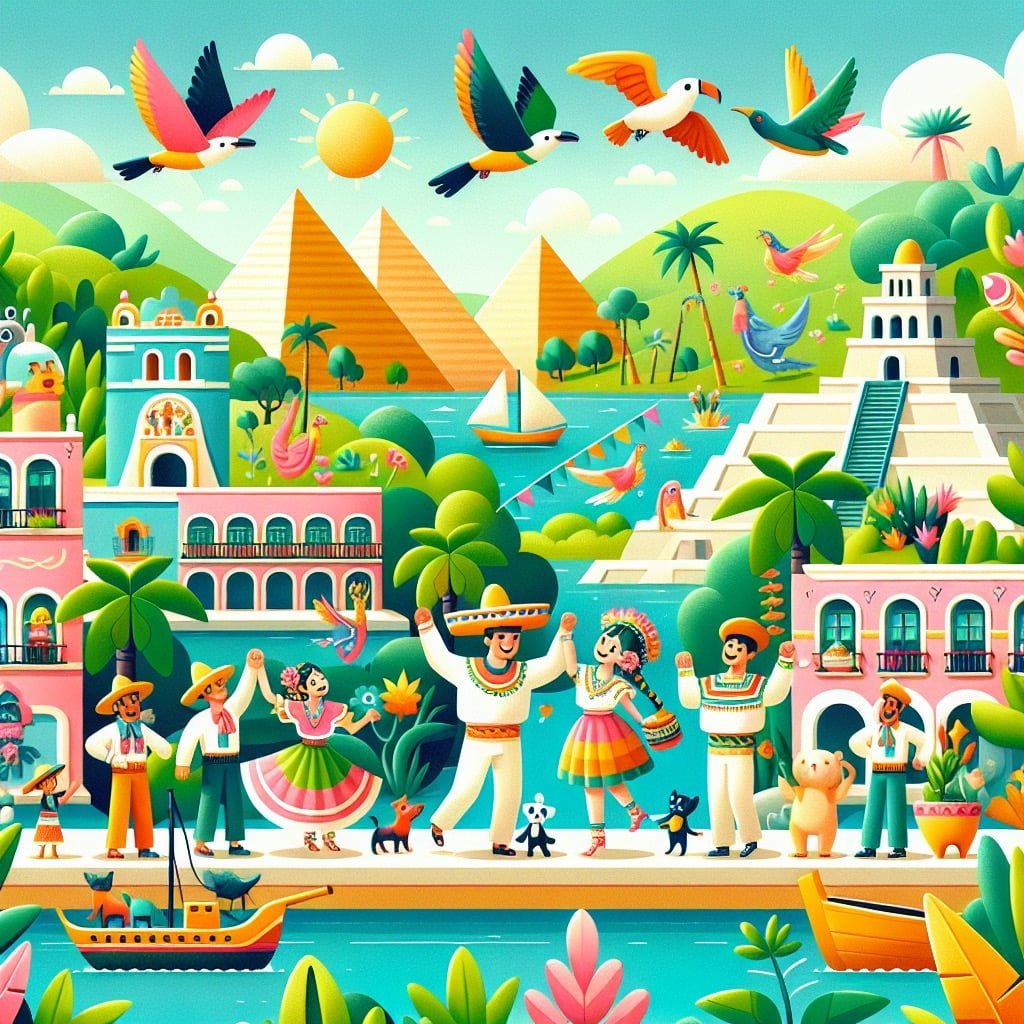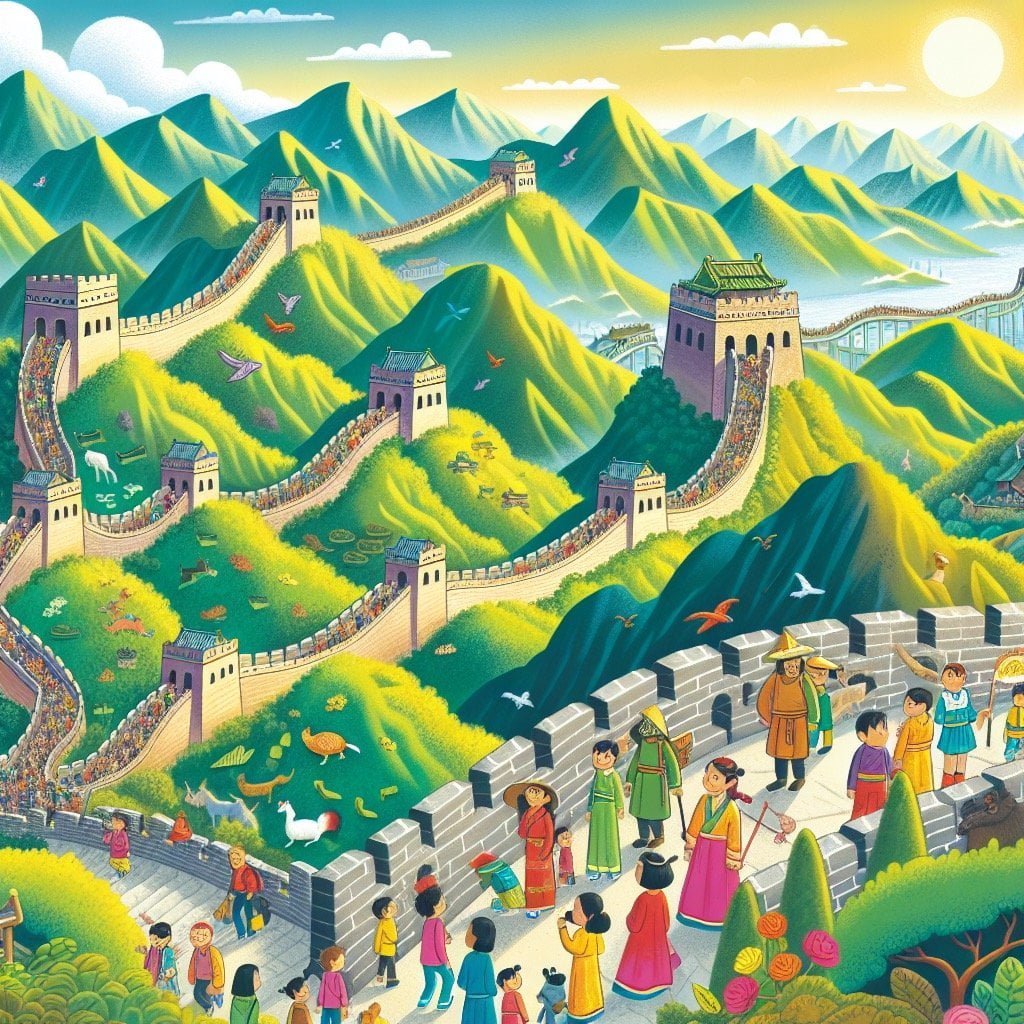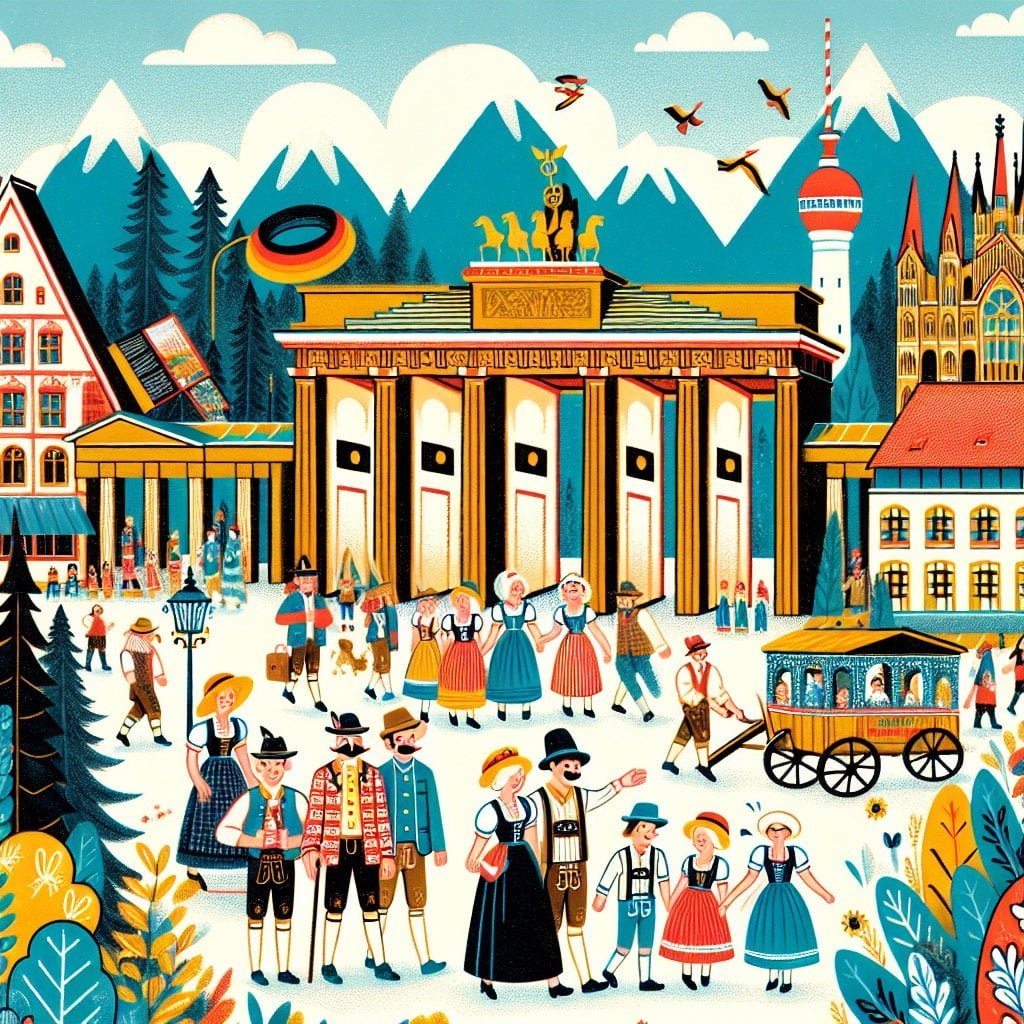Welcome to an exciting exploration of Canada Facts For Kids! Dive into the fascinating world of Canada’s rich geological heritage, natural wonders, cultural diversity, and fun attractions that make this country truly unique. From the world’s oldest known rocks to the longest coastline and the vibrant sport of ice hockey, there is no shortage of intriguing facts for young minds to discover. Join us on a journey through Canada’s enchanting landscapes, vibrant cities, and captivating history as we uncover the many hidden gems and fascinating facts that make this country a delight for curious explorers of all ages. Get ready to embark on an educational and entertaining adventure as we delve into the captivating realm of Fun Facts for Kids About Canada. Let the discovery begin!
Canada Facts For Kids
1. The World’s Oldest Known Rocks Are in Canada
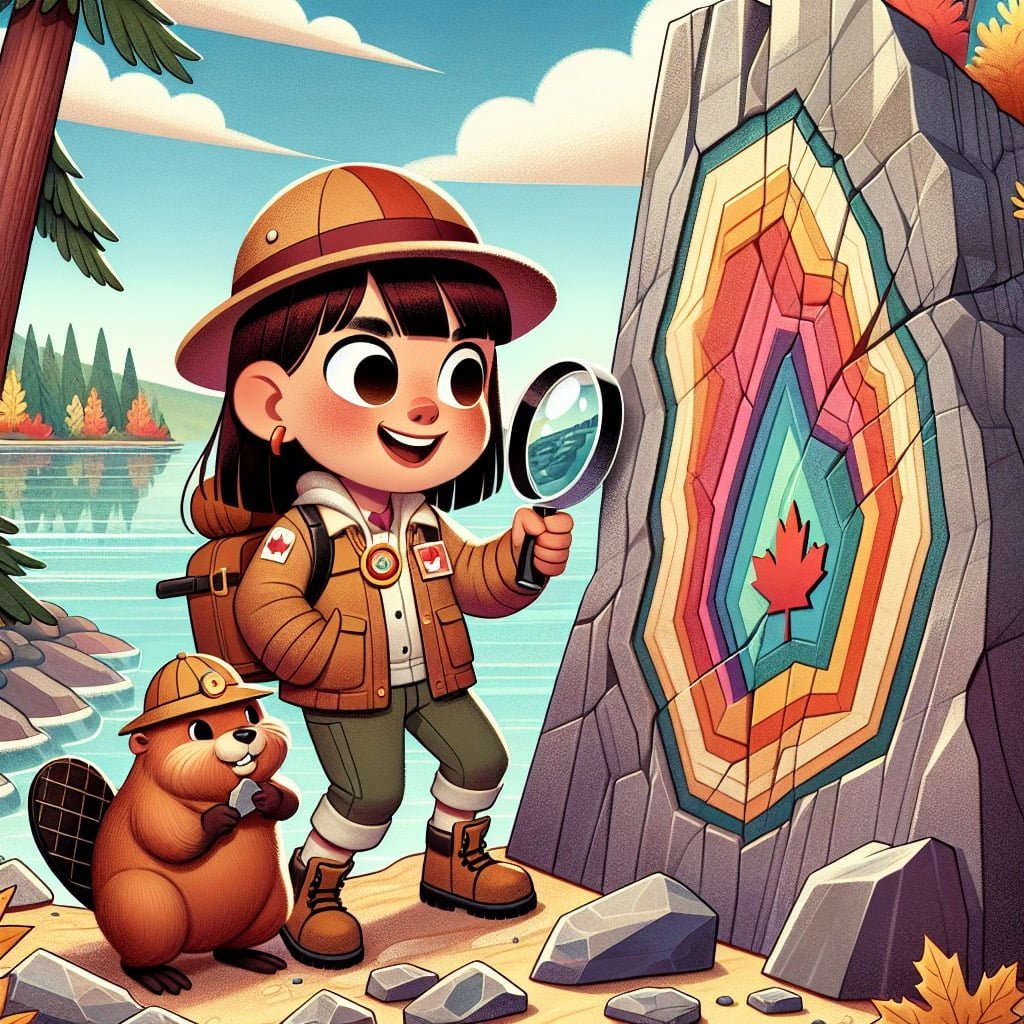
For younger kids: Canada has some really, really old rocks!
For older kids: The oldest rock on Earth, found in the Canadian Shield, is estimated to be over 4 billion years old, making it the oldest known rock on the planet.
Detailed explanation:Canada Facts For Kids
The world’s oldest known rocks are found in Canada, specifically in the Northwest Territories. These rocks, known as the Acasta Gneiss, are estimated to be around 4.03 billion years old. This discovery provides valuable insights into the early history of our planet, as well as the processes that have shaped Earth over billions of years.
The Acasta Gneiss is a type of metamorphic rock that has undergone intense heat and pressure deep within the Earth’s crust. By studying these ancient rocks, geologists can learn about the conditions that existed on Earth billions of years ago, including the composition of the early atmosphere and the presence of liquid water. This information is crucial for understanding how life may have originated and evolved on our planet.
In addition to providing insights into the Earth’s early history, the Acasta Gneiss also offers clues about the processes that govern the formation of rocks and minerals. By studying the mineral composition and structure of these rocks, scientists can learn about the tectonic processes that have shaped the Earth’s crust over billions of years.
Overall, the discovery of the world’s oldest known rocks in Canada highlights the country’s rich geological history and its importance in advancing our understanding of the Earth’s past. By studying these ancient rocks, scientists can piece together the puzzle of our planet’s early history and gain valuable insights into the processes that have shaped Earth into the world we know today.
In conclusion, the Acasta Gneiss in Canada is a valuable treasure trove of information for geologists and scientists studying the Earth’s history. Its discovery serves as a reminder of the vast geological diversity of Canada and the important role it plays in advancing our understanding of the natural world. Canada Facts For Kids.
Canada Facts For Kids
2. Canada Has the Longest Coastline in the World
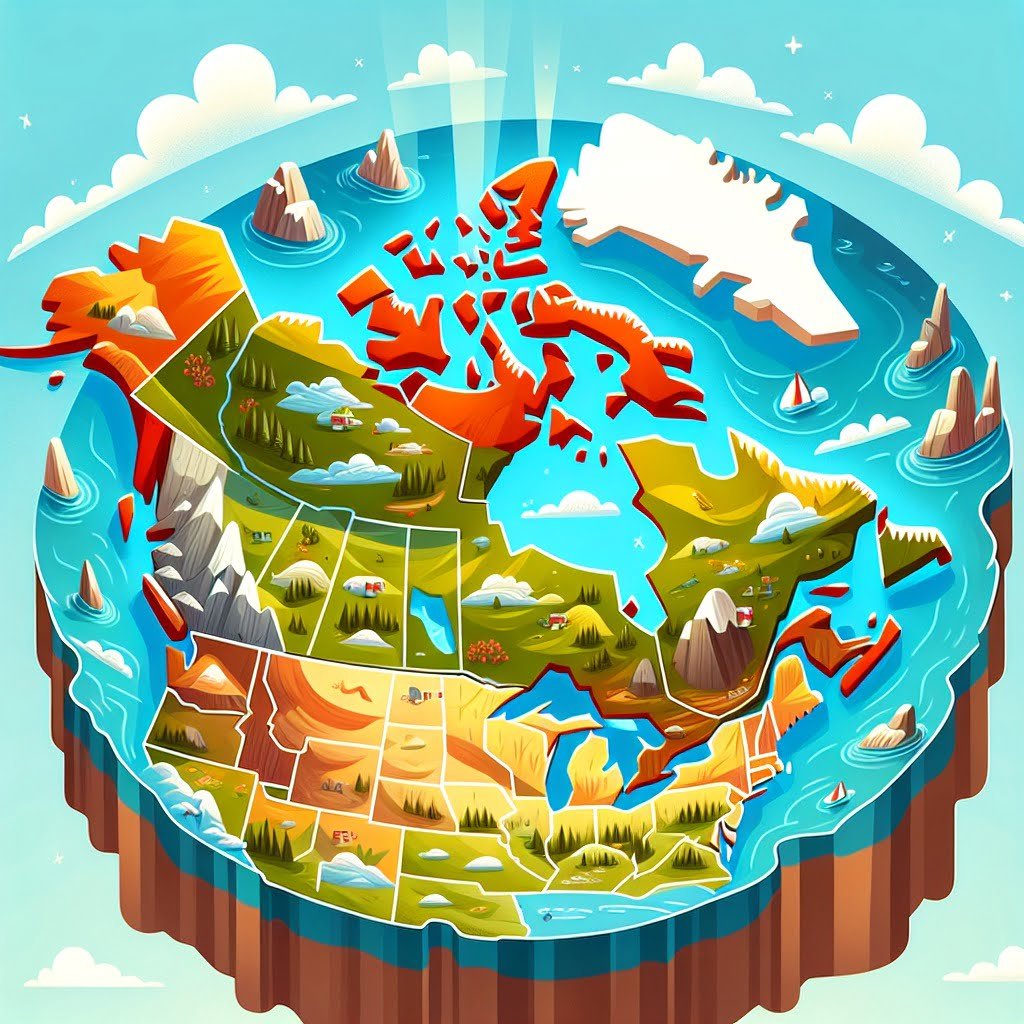
For younger kids: Canada has more beach than anywhere else!
For older kids: Canada’s coastline stretches over 202,080 kilometers, making it the country with the longest coastline in the world.
Detailed explanation:Canada Facts For Kids is a website dedicated to providing children with interesting and educational information about the country of Canada. One of the most fascinating facts about Canada is that it has the longest coastline in the world. Stretching over 202,080 kilometers, Canada’s coastline is longer than that of any other country on the planet. This incredible expanse of coastline is due to Canada’s vast and varied geography, which includes numerous islands, fjords, bays, and inlets.
The coastline of Canada is not only the longest in the world, but it is also incredibly diverse. From the rugged cliffs of Newfoundland to the sandy beaches of British Columbia, Canada’s coastline offers a wide range of ecosystems and habitats. This diversity is home to a wealth of plant and animal species, making Canada’s coastline a hotspot for biodiversity.
In addition to its natural beauty, Canada’s coastline also plays an important role in the country’s economy. The fishing industry, for example, relies heavily on Canada’s abundant marine resources. Shipping and transportation also benefit from Canada’s extensive coastline, as many major cities are located along the coast, allowing for easy access to international trade routes.
Overall, Canada’s coastline is not only the longest in the world, but it is also a vital part of the country’s identity and economy. By learning about Canada Facts For Kids, children can gain a deeper appreciation for the natural wonders of this vast and diverse country.
Canada Facts For Kids
3. Canada’s National Sport is Ice Hockey
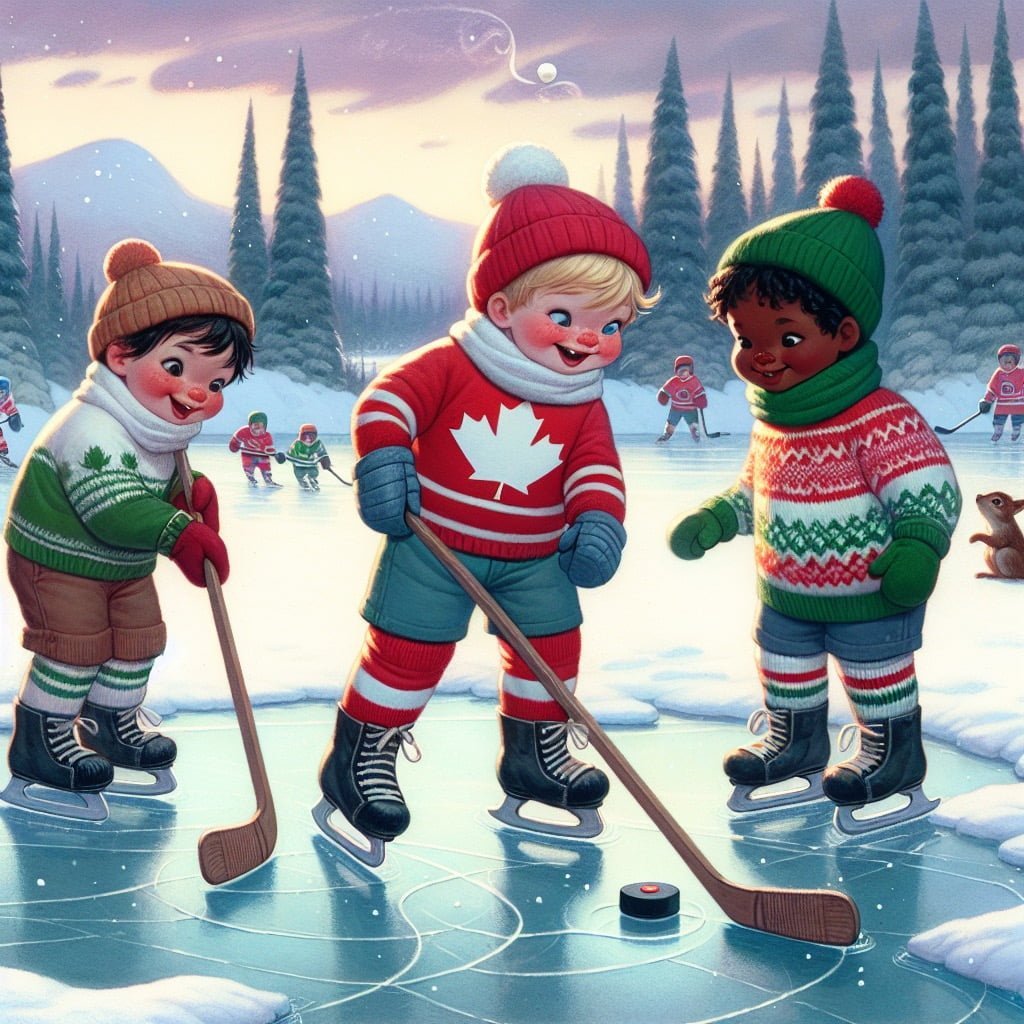
For younger kids: Lots of kids in Canada love playing ice hockey!
For older kids: Ice hockey is considered Canada’s national winter sport, and it’s a beloved pastime for many Canadians, with a rich history in the country.
Detailed explanation:Ice hockey is deeply ingrained in the culture of Canada, making it the country’s national sport. Canada Facts For Kids can confirm that this fast-paced and physical game has been a beloved pastime for Canadians for generations.
One of the reasons why ice hockey holds such a special place in Canadian culture is its history. The sport originated in Canada in the 19th century and quickly gained popularity across the country. Canada Facts For Kids can attest to the fact that ice hockey has become a symbol of national pride and identity for many Canadians.
Another reason for the popularity of ice hockey in Canada is the success of Canadian teams on the international stage. The Canadian national ice hockey team has been a dominant force in international competitions, winning numerous gold medals at the Winter Olympics and World Championships. Canada Facts For Kids can confirm that these victories have further solidified ice hockey’s status as Canada’s national sport.
Furthermore, ice hockey has a significant impact on Canadian society. Many children and adults play the sport recreationally, and it is a common activity in schools and communities across the country. Canada Facts For Kids can also confirm that ice hockey has inspired numerous Canadian athletes to pursue careers in the sport, with many going on to play professionally in the National Hockey League (NHL).
In conclusion, ice hockey’s status as Canada’s national sport is a testament to its rich history, international success, and cultural significance in Canadian society. Canada Facts For Kids can confirm that ice hockey will continue to be a beloved and cherished sport in Canada for years to come.
Canada Facts For Kids
4. Canada is Home to the Northern Lights
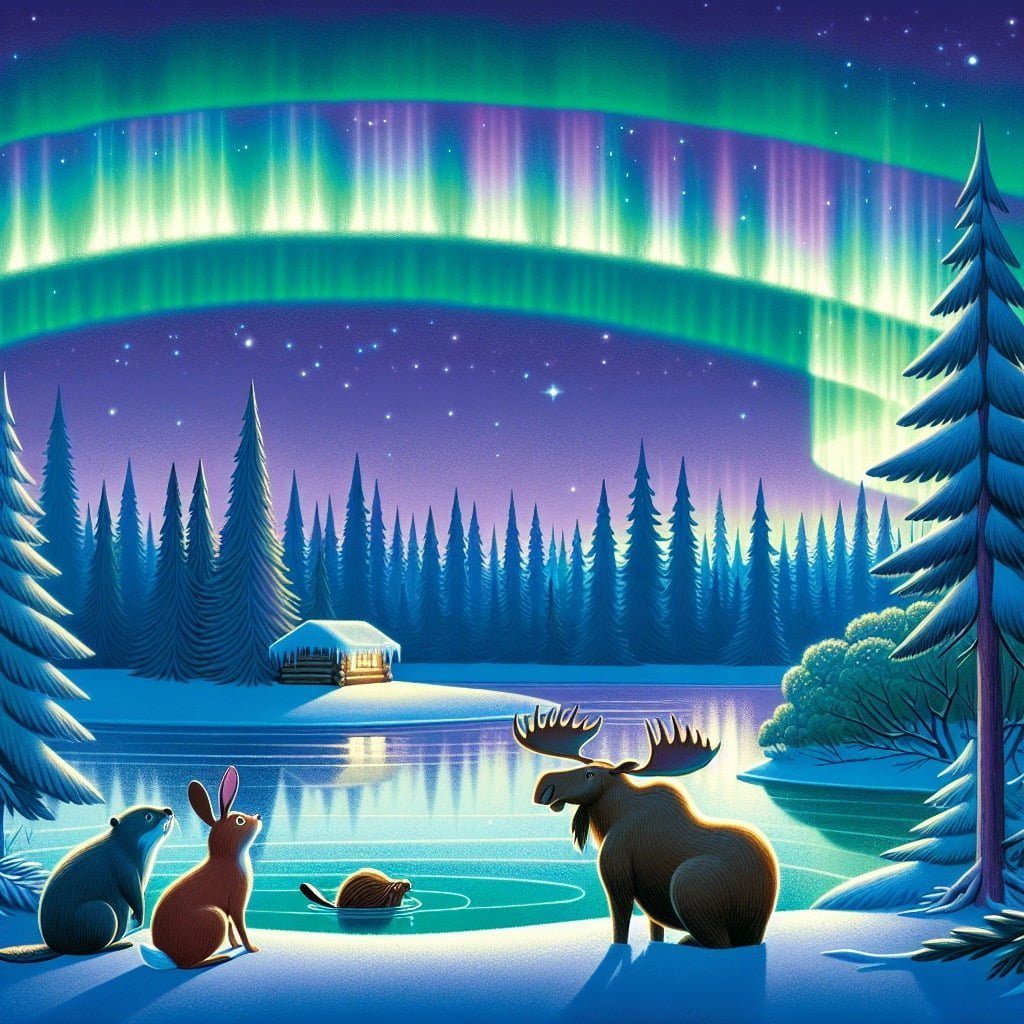
For younger kids: Canada has magical lights in the sky called the Northern Lights!
For older kids: The Northern Lights, also known as Aurora Borealis, can be seen in parts of Canada, painting the night sky in stunning colors and patterns caused by solar particles entering the Earth’s atmosphere.
Detailed explanation:Canada is home to the mesmerizing natural phenomenon known as the Northern Lights. Also scientifically referred to as the Aurora Borealis, this spectacular light display is caused by solar particles colliding with gases in the Earth’s atmosphere. Canada’s northern latitudes, particularly in regions such as Yukon, Northwest Territories, and Nunavut, provide prime viewing opportunities for this dazzling display of colors in the night sky.
The Aurora Borealis occurs when charged particles from the sun are carried towards the Earth by solar winds. As these particles enter the Earth’s atmosphere, they collide with gases such as oxygen and nitrogen, creating a stunning light show that varies in color and intensity. The most common colors seen in the Northern Lights are green and pink, but shades of red, yellow, blue, and purple can also be spotted depending on various factors such as altitude and type of gas involved.
Canada’s vast wilderness and sparse population in its northern regions offer ideal conditions for viewing the Northern Lights. Away from light pollution and with clear, dark skies, spectators can witness this natural wonder in all its glory. Many visitors travel to Canada specifically to witness the Aurora Borealis, making it a popular tourist attraction.
In conclusion, Canada’s unique geographical location and atmospheric conditions make it one of the best places in the world to experience the captivating beauty of the Northern Lights. Whether you are a science enthusiast or simply appreciate the wonders of nature, witnessing the Aurora Borealis in Canada is an unforgettable experience for people of all ages.
Overall, these Canada Facts For Kids help showcase the natural beauty and wonder that can be found in the Great White North.
Canada Facts For Kids
5. Canada Has More Lakes Than Any Other Country

For younger kids: Canada has tons of lakes all around the country!
For older kids: With over 31,700 lakes larger than 3 square kilometers, Canada is home to more lakes than any other country in the world.
Detailed explanation:Canada Facts for Kids: Did you know that Canada has more lakes than any other country in the world? With over 2 million lakes scattered across its vast landscape, Canada is truly a land of water. These lakes range in size from small ponds to massive bodies of water like the Great Bear Lake in the Northwest Territories, which is the largest lake entirely within Canada.
There are a few reasons why Canada has so many lakes. One of the main factors is the country’s glacial history. During the last Ice Age, glaciers carved out thousands of depressions in the land, which filled with water as the ice receded. This process created the perfect conditions for the formation of lakes, leading to the abundance of freshwater bodies that we see in Canada today.
Another reason for Canada’s numerous lakes is its diverse geography. From the rocky shores of the Canadian Shield to the fertile plains of the prairies, each region of Canada offers a unique landscape that is home to its own set of lakes. The country’s northern regions, in particular, are dotted with countless lakes that formed in ancient river valleys or glacial cirques.
These lakes play a crucial role in Canada’s ecosystem, providing habitats for a wide variety of plant and animal species. They also serve as important sources of drinking water, irrigation, and hydroelectric power. In addition, Canada’s lakes are popular destinations for outdoor recreation, with activities like fishing, boating, and swimming drawing visitors from around the world.
In conclusion, Canada’s status as the country with the most lakes is a testament to its unique geography and rich natural heritage. From the pristine wilderness of the north to the bustling cities of the south, water is a defining feature of the Canadian landscape, making it a truly special place to explore and enjoy.
Canada Facts For Kids
6. Kayaking is a Popular Sport in Canada

For younger kids: Some kids in Canada love riding kayaks on the water!
For older kids: With its abundance of water bodies, kayaking is a popular recreational activity in Canada, allowing people to explore the country’s scenic rivers, lakes, and coastline.
Detailed explanation:One of the most popular sports in Canada is kayaking. This water sport involves paddling a small watercraft known as a kayak through rivers, lakes, and oceans. Kayaking is beloved by Canadians for its ability to provide a thrilling outdoor adventure while also allowing for a peaceful and serene connection with nature.
Canada’s vast and diverse landscape makes it an ideal destination for kayaking enthusiasts of all levels. From the flowing rivers of the Canadian Rockies to the tranquil lakes of Ontario’s cottage country, there are endless opportunities to explore the country’s pristine waterways. Additionally, Canada’s expansive coastline along the Atlantic, Pacific, and Arctic Oceans offers plenty of coastal kayaking adventures for those looking to paddle among seals, whales, and other marine wildlife.
In addition to its natural beauty, kayaking in Canada is also popular due to the country’s strict environmental regulations and conservation efforts. Paddlers can enjoy clean and unpolluted waters, as well as protected wildlife habitats along their journeys. Many tour operators and rental companies in Canada also prioritize environmental sustainability, offering eco-friendly options for kayakers who want to minimize their impact on the environment.
Overall, kayaking is a beloved pastime in Canada that allows both locals and visitors to immerse themselves in the country’s stunning natural landscapes. Whether you’re looking for a heart-pumping adrenaline rush or a peaceful paddle along a quiet river, Canada offers endless opportunities for kayaking adventures that cater to all skill levels and preferences. So next time you find yourself in the Great White North, be sure to explore the exciting world of kayaking and experience the thrill of paddling through some of Canada’s most iconic waterways.
Canada Facts For Kids
7. Canada is the Second Largest Country in the World
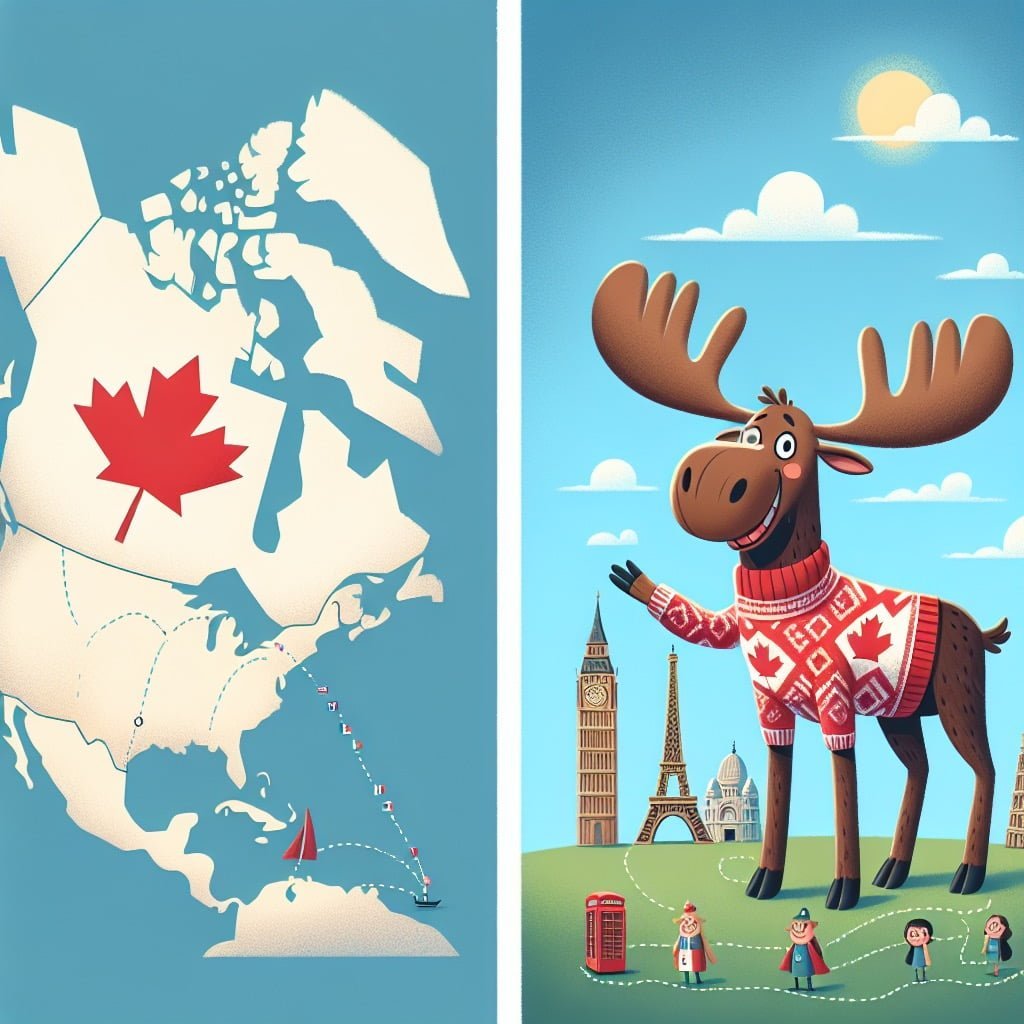
For younger kids: Canada is really, really big—almost as big as all of Europe!
For older kids: Canada covers an expansive land area of nearly 10 million square kilometers, making it the second largest country in the world by total area.
Detailed explanation:Canada is the second largest country in the world, with a land area of approximately 9.98 million square kilometers. This vast country is known for its stunning natural beauty, diverse landscapes, and rich cultural heritage. From the majestic Rocky Mountains in the west to the picturesque Maritime provinces in the east, Canada offers a wide range of geographical and cultural experiences for visitors and residents alike.
One of the most fascinating Canada Facts For Kids is that despite its massive size, Canada has a relatively small population compared to other countries. With a population of around 37 million people, Canada has a low population density, especially in its northern regions where the harsh climate and remote location make it challenging for people to live. This is why much of Canada’s population is concentrated in the southern regions, particularly in cities like Toronto, Vancouver, and Montreal.
Canada is also known for its multicultural society, with people from all over the world calling it home. This cultural diversity is reflected in Canada’s official bilingualism, with both English and French being recognized as official languages. This diversity is also evident in Canada’s cuisine, with influences from countries like Italy, China, and India shaping the food scene in cities across the country.
In addition to its natural beauty and cultural diversity, Canada is also a leader in various fields such as technology, healthcare, and environmental conservation. The country is known for its high standard of living, universal healthcare system, and commitment to preserving its natural resources for future generations. Overall, Canada’s size, diversity, and progressive values make it a truly unique and fascinating country to explore.
Canada Facts For Kids
8. Canada Has Two National Languages: English and French
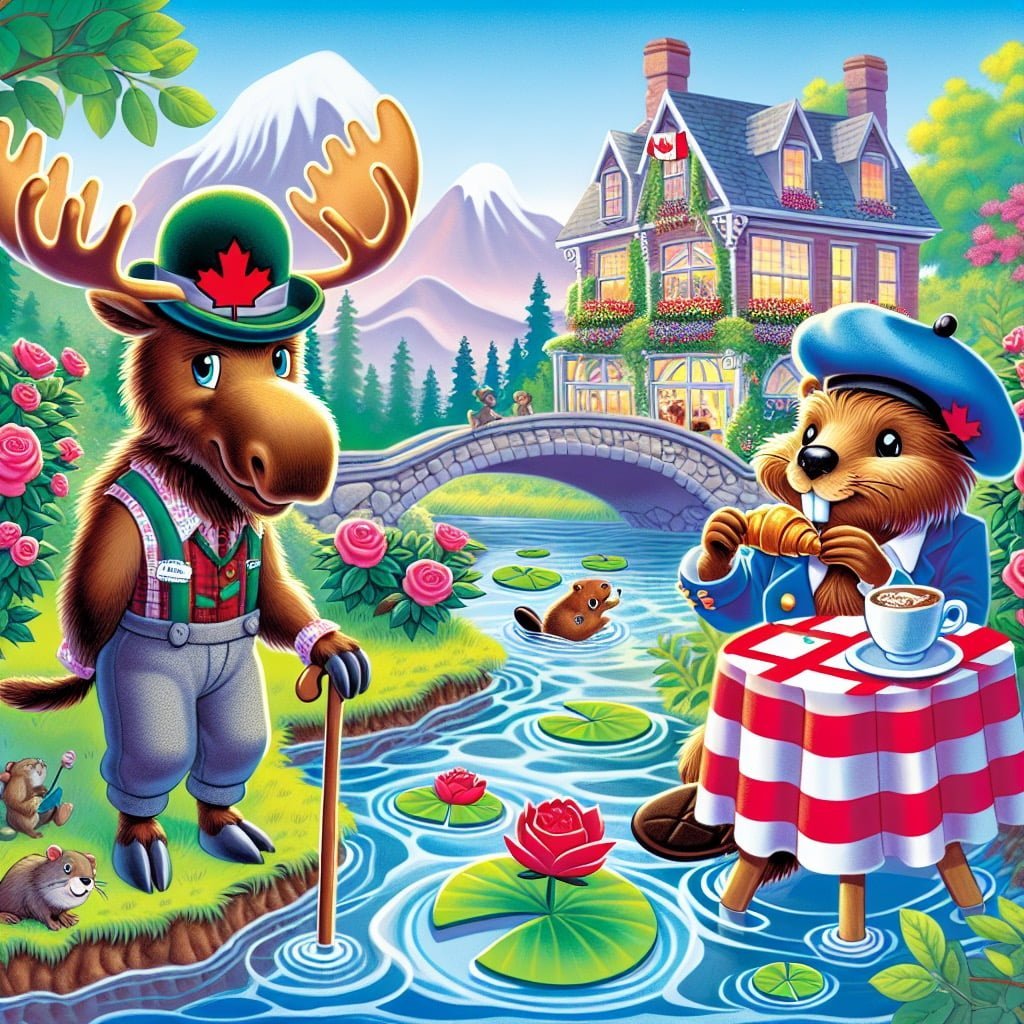
For younger kids: People in Canada speak both English and French!
For older kids: English and French are both official languages in Canada, allowing the country to embrace and celebrate its linguistic diversity.
Detailed explanation:Canada Facts For Kids are not only interesting but also educational. One of the most unique and distinctive facts about Canada is that it has two national languages: English and French. This bilingualism is a reflection of the country’s diverse history and cultural heritage.
English and French have equal status in Canada, which means that government services, educational materials, and official documents are available in both languages. This commitment to bilingualism is enshrined in the Canadian constitution and is a fundamental part of the country’s identity.
The roots of Canada’s bilingualism can be traced back to the British colonization of the country in the 18th century and the subsequent arrival of French settlers in Quebec. Over time, both languages became entrenched in Canadian society, with English spoken predominantly in the western provinces and French spoken predominantly in Quebec and parts of eastern Canada.
Today, Canada is officially a bilingual country, with many Canadians being fluent in both English and French. In fact, being able to speak both languages is seen as a valuable skill and is often a requirement for many jobs, especially in the public sector.
Overall, the fact that Canada has two national languages, English and French, is a testament to the country’s commitment to cultural diversity and inclusivity. It sets Canada apart from many other countries and is a source of pride for Canadians across the country. So, when exploring Canada Facts For Kids, don’t forget to mention its unique bilingualism.
Canada Facts For Kids
9. The World’s First UFO Landing Pad Is in Canada
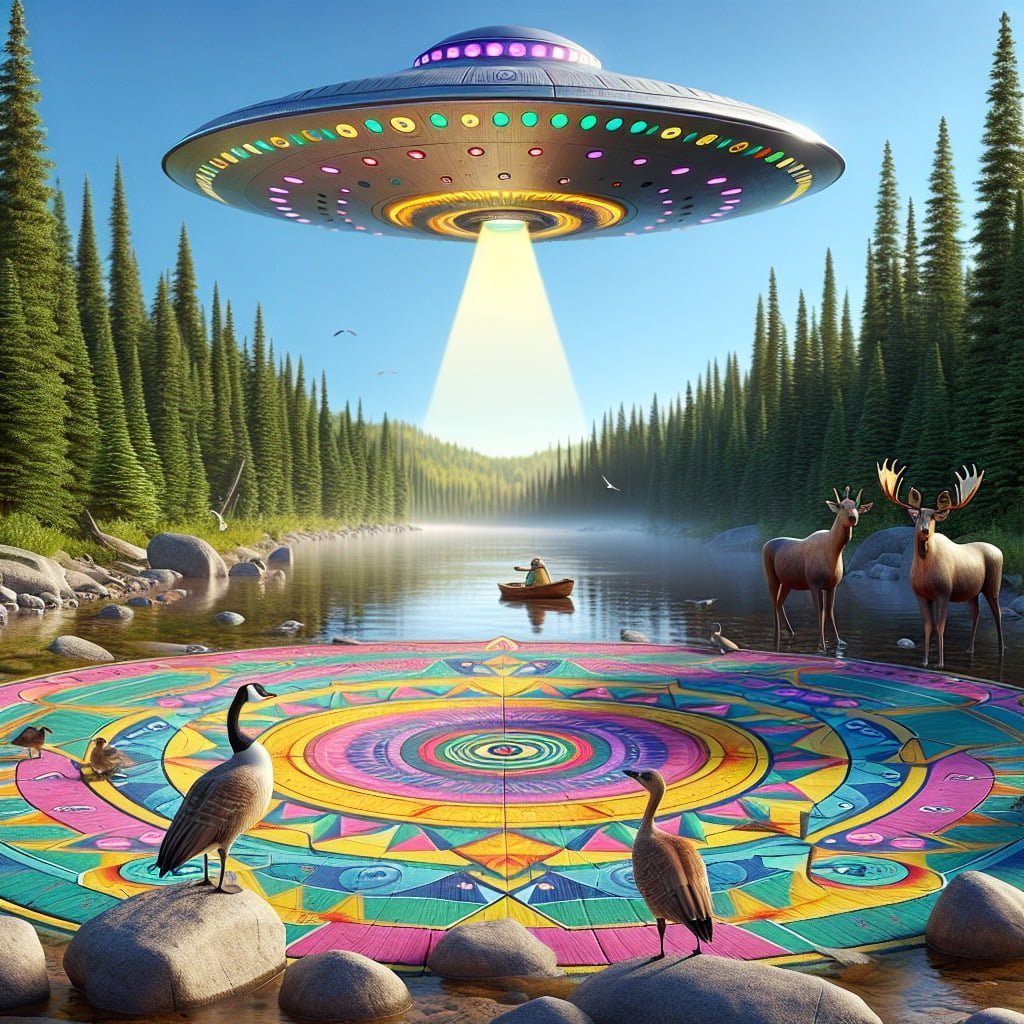
For younger kids: Canada has a special place for UFOs to land!
For older kids: The town of St. Paul in Alberta has the world’s first UFO landing pad, which was built as a centennial project in 1967 to attract tourists and showcase the town’s eccentricity.
Detailed explanation:In Canada, specifically in St. Paul, Alberta, you can find the world’s first UFO landing pad. Built in 1967 as part of Canada’s centennial celebration, the landing pad was created as a way to attract tourists to the small town and capitalize on the growing interest in unidentified flying objects. The concept was inspired by a local radio broadcast that suggested creating a landing pad for UFOs as a way to establish peaceful contact with extraterrestrial beings.
The UFO landing pad consists of a raised concrete structure with a map of Canada embedded in its surface. The structure is surrounded by a chain-link fence and a plaque that explains the purpose of the landing pad. Visitors can also find a time capsule buried nearby, containing messages from local residents and predictions about the future of space travel.
The landing pad has since become a popular tourist attraction, drawing visitors from around the world who are intrigued by the idea of aliens landing in rural Canada. Despite its whimsical origins, the landing pad serves as a unique symbol of Canada’s openness to the possibility of extraterrestrial life and its commitment to fostering peaceful relationships with beings from other planets.
Overall, the world’s first UFO landing pad in Canada is a fascinating example of how even small towns can embrace creativity and innovation to attract visitors and spark curiosity about the unknown. It remains a distinctive landmark that continues to capture the imaginations of both children and adults alike. Canada Facts For Kids.
Canada Facts For Kids
10. The Largest Mall in North America is in Canada

For younger kids: Canada has a really, really big mall!
For older kids: The West Edmonton Mall in Alberta is the largest mall in North America, featuring over 800 stores, an indoor water park, amusement park, and even a full-size replica of the Santa Maria ship.
Detailed explanation:One of the most fascinating Canada Facts For Kids is that the largest mall in North America can be found right in Canada. The West Edmonton Mall, located in Alberta, Canada, holds the title as the biggest mall not only in North America but also in the entire continent. This massive shopping center covers a staggering 5.3 million square feet of retail space and is home to over 800 stores and services.
The West Edmonton Mall is not just a place for shopping, it is a true entertainment destination. Inside the mall, visitors can find an indoor amusement park, a water park with a giant wave pool, an ice rink, a miniature golf course, a movie theater, and even an aquarium. With so many attractions all under one roof, it is no wonder that the West Edmonton Mall is a popular tourist destination for families and shoppers alike.
In addition to its retail and entertainment offerings, the West Edmonton Mall also features a hotel, multiple restaurants, and even a casino. This means that visitors can easily spend days exploring all that the mall has to offer without ever needing to leave the property.
Overall, the West Edmonton Mall in Canada stands out as a unique and impressive destination, offering a wide range of activities and attractions for visitors of all ages to enjoy. It truly lives up to the title of being the largest mall in North America.
Did You Know?
Canada is home to more than 2 million lakes, which is more than the rest of the world combined!
Summary of Canada Facts For Kids
Are you looking for an educational and engaging way to teach your kids about the wonders of Canada? Look no further! Our blog post, “Canada Facts For Kids,” is a treasure trove of information that will not only captivate your children’s attention but also provide them with valuable knowledge about this diverse and fascinating country.
From the stunning landscapes of the Rocky Mountains to the unique culture and traditions of Canada’s indigenous peoples, our blog post covers a wide range of topics that will appeal to both kids and parents alike. Did you know that Canada is home to the longest coastline in the world, or that it has the second-largest area of forests on the planet? These are just a few of the many fun facts that will spark your child’s curiosity and inspire them to learn more about Canada.
By reading our blog post, you will not only gain a deeper understanding of Canada’s history, culture, and natural beauty but also foster a sense of appreciation for the diverse world around us. So why wait? Dive into the world of Canada with your kids and explore the countless hidden gems and fascinating facts that make this country truly special. Your whole family will be enriched by the experience!
Sources and additional information for Canada Facts For Kids
WikipediaBritannicaCIA World FactbookCentral Intelligence Agency (CIA)The World BankUnited Nations Children’s Fund (UNICEF)BBC NewsLonely PlanetCouncil on Foreign RelationsThe World Factbook (CIA)United NationsBBC Country ProfilesLonely PlanetThe World Bank CountriesUNESCO World Heritage CentreCountryReportsGlobalEdge (Michigan State University)Transparency International – The Global Corruption Barometer
